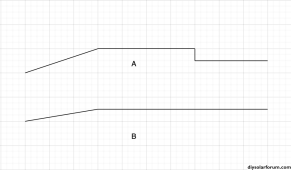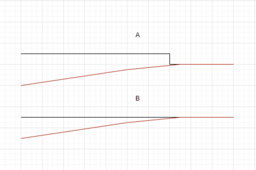hwy17
Anti-Solar Enthusiast
I'm trying to get down to some charging basics here and interested in any resources or comments that explain the basis of 2 and 3 stage charging.
Why would we want to use a higher voltage than our end goal saturation voltage?
Why would we not just constant current / constant voltage all the way to the float voltage in one big single stage?
If I had to guess, it's something to do with speed, and pure float voltage charging would be slow, like top balancing is. So maybe bulk / boost / absorb is used at a higher voltage to sort of tip the charge into the battery faster than we could otherwise?
And is there really, actually, an intelligent way for a charger to sense when it should go to float? My Schneider 100 600 MPPT charge controller has a timer setting to end bulk. I do not like to see a timer.
What will happen if I set my MPPT to charge at 54v for all stages? Would I find I'm missing out on production because I can't get enough amps into the battery?
Why would we want to use a higher voltage than our end goal saturation voltage?
Why would we not just constant current / constant voltage all the way to the float voltage in one big single stage?
If I had to guess, it's something to do with speed, and pure float voltage charging would be slow, like top balancing is. So maybe bulk / boost / absorb is used at a higher voltage to sort of tip the charge into the battery faster than we could otherwise?
And is there really, actually, an intelligent way for a charger to sense when it should go to float? My Schneider 100 600 MPPT charge controller has a timer setting to end bulk. I do not like to see a timer.
What will happen if I set my MPPT to charge at 54v for all stages? Would I find I'm missing out on production because I can't get enough amps into the battery?




